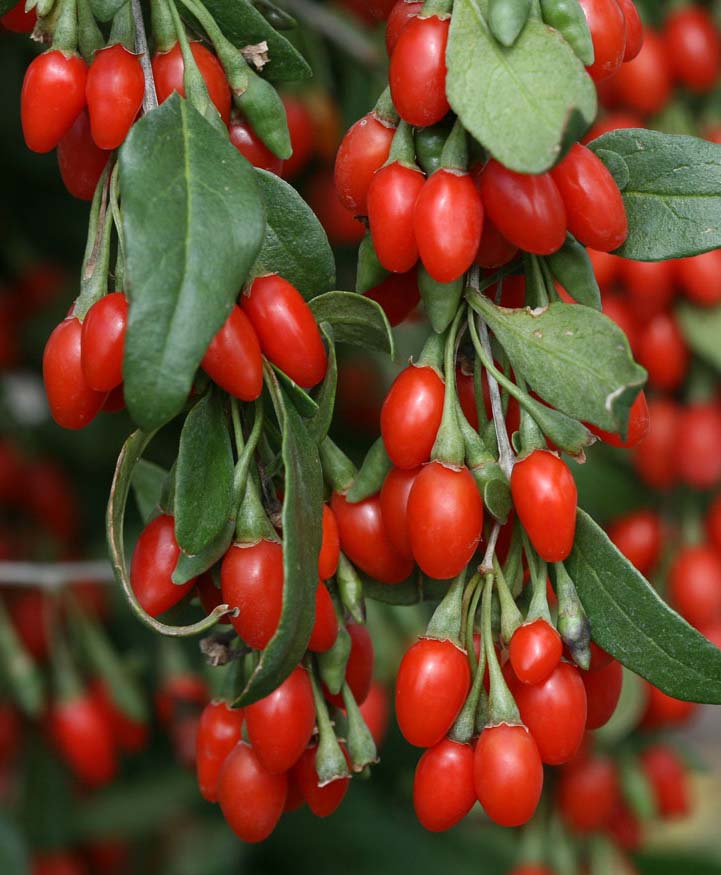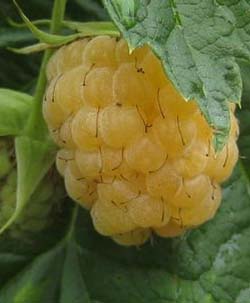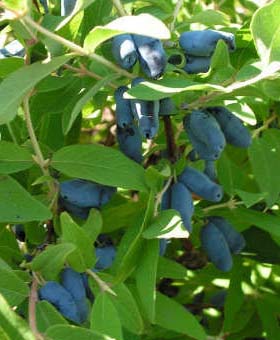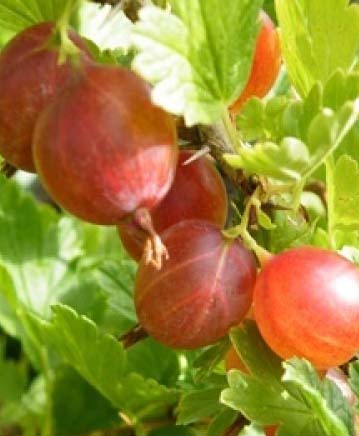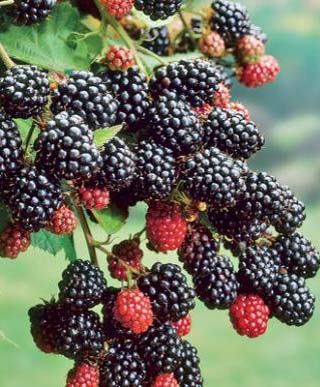





Wild Indigo, False Indigo
Baptisia
Baptisia
Growing Conditions
Sun exposure: full sun (6 or more hours of sunlight a day)
Soil: performs best in average to poor garden soils
Traits
Special Care Instructions
No special care needed.
Flowering Time
May and June
Characteristics, Uses, and Fun Facts
This member of the pea family grows well in a wide variety of soils. It is also drought resistant, resists insects, disease, and deer, and once established it doesn't require division. Wild Indigo has a great presence in the garden with its upright, shrub-like habit and stately flower spikes held well above the foliage. It makes a great cut flower, just be sure each bloom is fully expanded or it will wilt. After bloom, it develops brown seed pods that persist into late fall. An underused, fantastic native that is very durable and easy to grow.
Its common name refers to the use of this plant by early Americans as a substitute, albeit an inferior one, for true indigo (genus Indigofera of the West Indies) in making blue dyes.
Varieties
Soil: performs best in average to poor garden soils
Traits
Special Care Instructions
No special care needed.
Flowering Time
May and June
Characteristics, Uses, and Fun Facts
This member of the pea family grows well in a wide variety of soils. It is also drought resistant, resists insects, disease, and deer, and once established it doesn't require division. Wild Indigo has a great presence in the garden with its upright, shrub-like habit and stately flower spikes held well above the foliage. It makes a great cut flower, just be sure each bloom is fully expanded or it will wilt. After bloom, it develops brown seed pods that persist into late fall. An underused, fantastic native that is very durable and easy to grow.
Its common name refers to the use of this plant by early Americans as a substitute, albeit an inferior one, for true indigo (genus Indigofera of the West Indies) in making blue dyes.
Varieties

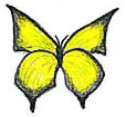
Deer Resistant
Good Cut Flowers
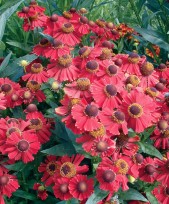
False Blue Indigo (B. australis) 3-4' tall
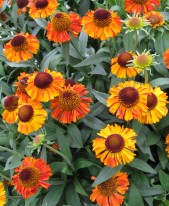
| • | Rich indigo blue flowers are produced in May on strong stems that are great as cut flowers. |
| • | This large bushy native has gray-green foliage that is free of insect and disease problems, looking great from spring through fall. |
| • | False Indigo are long lived perennials that rarely need dividing and are fantstic for any landscape with their durability and ease of cultivation. |
| • |
Purple Smoke 2-3' tall

| • | Smokey-violet blooms and gray-green foliage with charcoal stems. |
| • | A unique hybrid between two native species. |
| • | Plants do well in a wide variety of soils, wanting minimal care. |
| • |

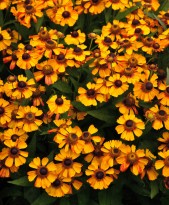
Solar Flare Prairieblues 3-4' tall
| • | Yellow blooms fade to a deep orange, providing a two-toned effect with the lower blooms one color and the upper ones another. |
| • | Once established, this long-lived perennial is drought tolerant and does not like to be moved. |
| • | Blooms a bit later than other Wild Indigos, in June & July. |
| • |

Twilite Prairieblues 3-4' tall
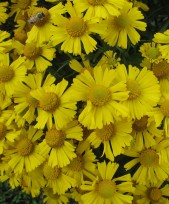
| • | Unusual bi-color blooms that boast deep violet-purple petals with a lemon-yellow keel. |
| • | A hybrid of two natives. |
| • | Plants do well in a wide variety of soils, wanting minimal care. |
| • |

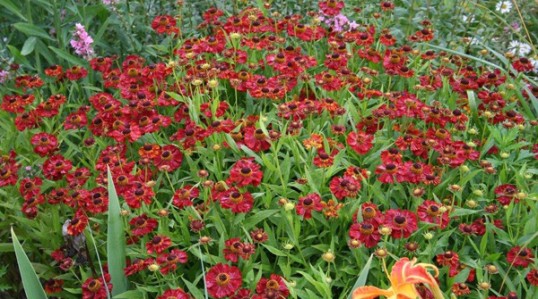
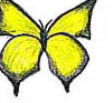
Attracts Butterflies

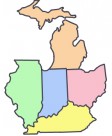
Midwest Native

Drought Tolerant











Purple Smoke Wild Indigo in the front with Solar Flare Wild Indigo in the back
